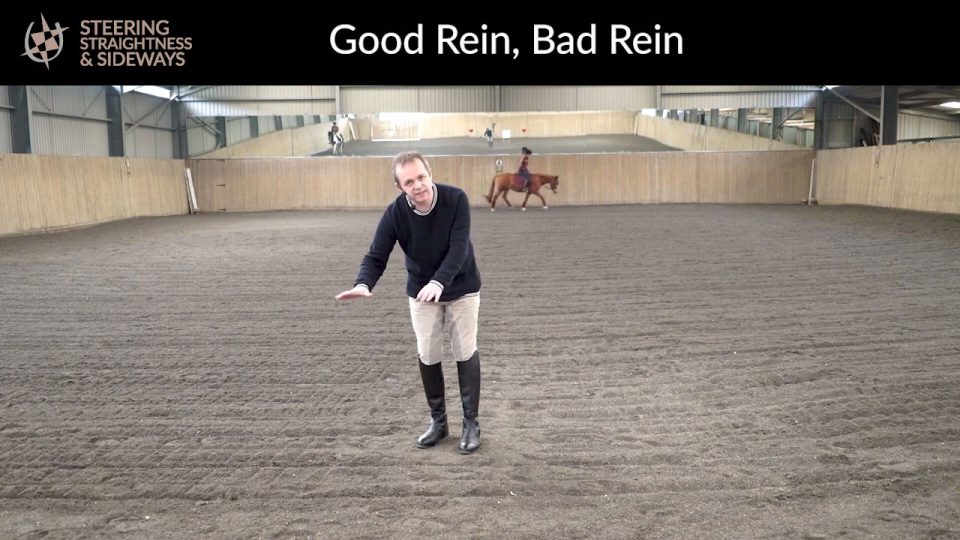7 STEPS TO STRESS FREE COMPETITIONS
August 5, 2016RISING TROT: TEMPO CONTROL
August 16, 2016IMPROVING FEEL
WHY I DISLIKE THE TERM 'FEEL'
When people talk about feel, often in the same way they talk about talent, it is often talked about as a thing, that you either have or do not. To me this ‘feels’ a rather elitist or ignorant thing to say. Feel is not a thing, but a process, and in this article I hope I can give you a clear example about how you can improve your ‘feel’.
IMPROVING YOUR FEEL THROUGH PRACTICE
Improving feel by having someone on the ground and having the right questions asked of you can make a huge difference to how quickly you learn feel. Feel is simply the ability to differentiate between various levels of input. One section that made me laugh when reading one of Mary Wanless’s books was when she said that when she looks back at how she used to ride, she realised it was like riding under anaesthetic. Developing feel is making yourself sensitive to the changes that are happening underneath you, to the changes that are happening in yourself and then being able to choose correct reactions to these changes.
EXAMPLE
Here is an example of a great way to develop feel for how much impulsion you should have. It does require initially a person on the ground to help calibrate what you feel with what they see. If we take a scale from 1 to 10, five is in the middle representing perfect power with perfect rhythm. Six, seven, eight, nine, ten represent the horse progressively getting faster and faster and more out of control. Four, three, two, one represent the horse losing energy and getting slower and slower. So in one scenario we have energy but no tempo control, and in the other scenario we have tempo control but no energy. Have the person on the ground randomly say “now” and when they do give a number from the top of your head which describes the feeling you have about the level of impulsion and power.
It may be that when the person says now, you say it is 4.5 when it might actually be a 3. This is why it’s important to have the person on the ground calibrate you to the correct number. I find that very quickly the rider calibrates and begins speaking the right numbers to describe the level of impulsion. Once you get this number system it is something you can ask yourself frequently, as you are competing or schooling. The number off the top of your head will become quite accurate and is a great guide.
It may be that when the person says now, you say it is 4.5 when it might actually be a 3. This is why it’s important to have the person on the ground calibrate you to the correct number. I find that very quickly the rider calibrates and begins speaking the right numbers to describe the level of impulsion. Once you get this number system it is something you can ask yourself frequently, as you are competing or schooling. The number off the top of your head will become quite accurate and is a great guide.

WANT TO READ MORE ARTICLES LIKE THIS & SEE TRAINING VIDEOS?
Membership to Dressage Training TV gives you access to multiple live training webinars where you can have interaction with the riders and coaches to get tips relevant to you and your horse, as well as many recorded training courses, join a community of riders and trainers on the forums, and read articles from Mary Wanless BHSI, BSc, Ali Wakelin BHSAI, RWYM and Peter Dove, author of Master Dressage and RWYM coach.






